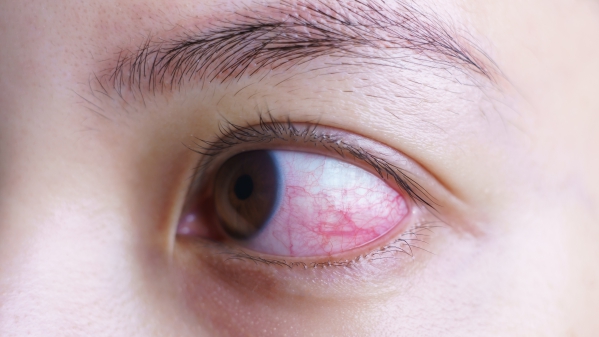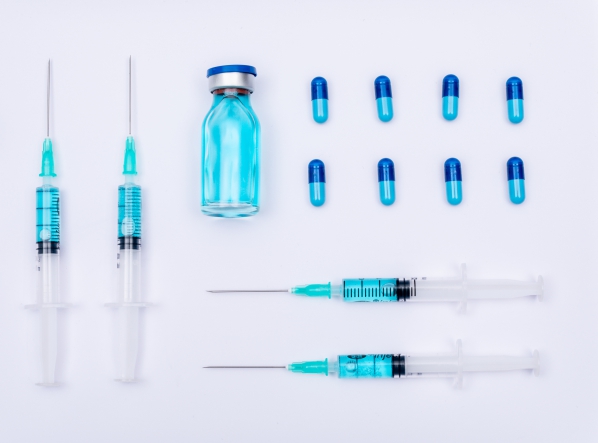What is Kawasaki disease?
Kawasaki disease, also known as mucocutaneous lymph node syndrome or Kawasaki syndrome is an acute illness among children characterized by fever and inflammation of medium-sized arteries. It most likely affects the coronary arteries which are the blood vessels that supply the muscles of the heart with oxygen-rich blood. Due to its predilection for coronary arteries, it is associated with an increased risk of developing aneurysms in these blood vessels which can potentially be fatal. Aneurysms are bulges in blood vessels that can leak or rupture. Coronary artery aneurysms are likely to occur in 25% of cases of Kawasaki disease left untreated. The likelihood decreases to 3-5% if appropriate treatments are given.
The greatest number of cases of Kawasaki originate in Japan. However, it is a disease known worldwide. In the beginning, it was thought that the disease resolved on its own with time, however, statistics show that 2% of cases end up with death. Most of the deaths are due to the formation of blood clots in coronary artery aneurysms. Kawasaki disease affects about 25 children per 100,000, aged under 5 years in the United States. It affects children from any ethnic origin but tends to occur more among Asian children, especially those of Japanese descent.
What causes Kawasaki disease?
The exact cause of Kawasaki disease is not yet known. There are theories about associations with infections, however, there is not a single infectious agent implicated. There may also be a link with autoimmune reactions or genetic factors that make you more prone to have the disease. There is also no evidence that it can be transmitted from one person to another.

The mechanism behind the disease is the inflammation of medium-sized arteries. The inflammation is more pronounced in coronary blood vessels. However, it may also occur in veins, capillaries or larger arteries. This inflammation causes a narrowing of blood vessels that may result in complete blockage or formation of blood clots in the vessels.
What are the risk factors for Kawasaki disease?
The following factors increases the risk of having Kawasaki disease:
- Age: You are more prone to have the disease if you are aged less than 5 years old.
- Sex: Boys are more likely to have the disease compared to girls.
- Ethnicity: If you are of Asian descent, such as Japanese or Korean, you are more prone to have the disease.
What are the signs and symptoms of Kawasaki disease?
Kawasaki disease can manifest with various signs and symptoms, including:
- Prolonged fever
- Reddening of the palms and soles
- Painful hands and feet
- Deep grooves across the nails
- Skin rash
- Fissuring or bleeding of the lips
- Strawberry tongue appearance
- Reddening of the eyes
- Reddening of the inside of the mouth
- Swelling of lymph nodes in the neck region
Kawasaki disease occurs in phases with the symptoms varying depending on the phase you are in. The stages are named as follows:

- Stage 1: Acute febrile stage
- Stage 2: Subacute stage
- Stage 3: Convalescent phase
- Chronic Phase

How is the diagnosis of Kawasaki disease made?
To make the diagnosis of Kawasaki disease, your doctor will start by asking a series of questions to know more about the symptoms and their course. Once the history taking is done, he/she will proceed with a physical examination. The history taking and physical examination is very important as there are other diseases that can manifest in similar ways as Kawasaki disease. These include Scarlet fever, Juvenile rheumatoid arthritis, Stevens-Johnson syndrome, Toxic shock syndrome, Measles and Rocky Mountain spotted fever.
In some cases, other tests may be required to confirm or assess the extent of the disease. These include:
- Blood tests: With these tests, your doctor will be able to rule out the presence of other diseases as well as checking for the levels of blood cells in your blood sample. The level of white blood cells are usually elevated in Kawasaki disease. Another test may be done to look for the level of a substance known as B-type natriuretic peptide (BNP). This substance is released when the heart is under stress.
- Electrocardiogram: In this procedure, electrodes are connected to the chest and a monitor is used to record the electrical activity of the heart. This is helpful as Kawasaki disease can cause disturbances in the heart’s rhythm.
- Echocardiogram: In this procedure, sound waves are used to visualise the heart and identify potential problems with its functioning and coronary arteries.

How is Kawasaki disease treated?
The main goal in the treatment of Kawasaki disease is to prevent the formation of coronary artery aneurysms and cardiovascular complications. All patients with the condition should be admitted and treatment should be initiated promptly. The treatment options in the management of Kawasaki disease include:
- Intravenous immunoglobulin (IVIG): This medication works by decreasing inflammation and the likelihood of having coronary artery aneurysms.
- Aspirin: Aspirin is a medication that is not usually used among children. However, Kawasaki disease is an exception and aspirin should be given only under the supervision of a doctor in that case. It helps to reduce inflammation and pain associated with Kawasaki disease.
All throughout the treatment period, your child should be monitored for the presence of cardiac complications.
What are the possible complications associated with Kawasaki disease?
The complications of Kawasaki are mostly cardiovascular in origin. The disease is closely related to the formation of coronary artery aneurysms. Narrowing of blood vessels can also occur resulting in complete obstruction or formation of blood clots (thrombus) in the blood vessels. In some cases, death may also occur due to inadequate flow of oxygen-rich blood to the muscles of the heart.

What is the prognosis for Kawasaki disease?
The prognosis of the disease depend on the degree and severity to which the heart and coronary arteries are affected. Several cardiovascular complications can arise from Kawasaki disease. Around 20-25% of people who do not receive any treatment end up with cardiovascular sequelae. Those who do not have coronary artery aneurysms generally recover completely. Recurrence of the disease is uncommon.

Source:
Sosa, T., 2018. Kawasaki Disease
Son MBF, Newburger JW. Kawasaki Disease. Pediatr Rev. 2018 Feb. 39 (2):78-90.
Satou GM, Giamelli J, Gewitz MH. Kawasaki disease: diagnosis, management, and long-term implications. Cardiol Rev. 2007 Jul-Aug. 15(4):163-9
Rowley AH, Shulman ST. Pathogenesis and management of Kawasaki disease. Expert Rev Anti Infect Ther. 2010 Feb. 8(2):197-203.
Pinna GS, Kafetzis DA, Tselkas OI, Skevaki CL. Kawasaki disease: an overview. Curr Opin Infect Dis. 2008 Jun. 21(3):263-70.


